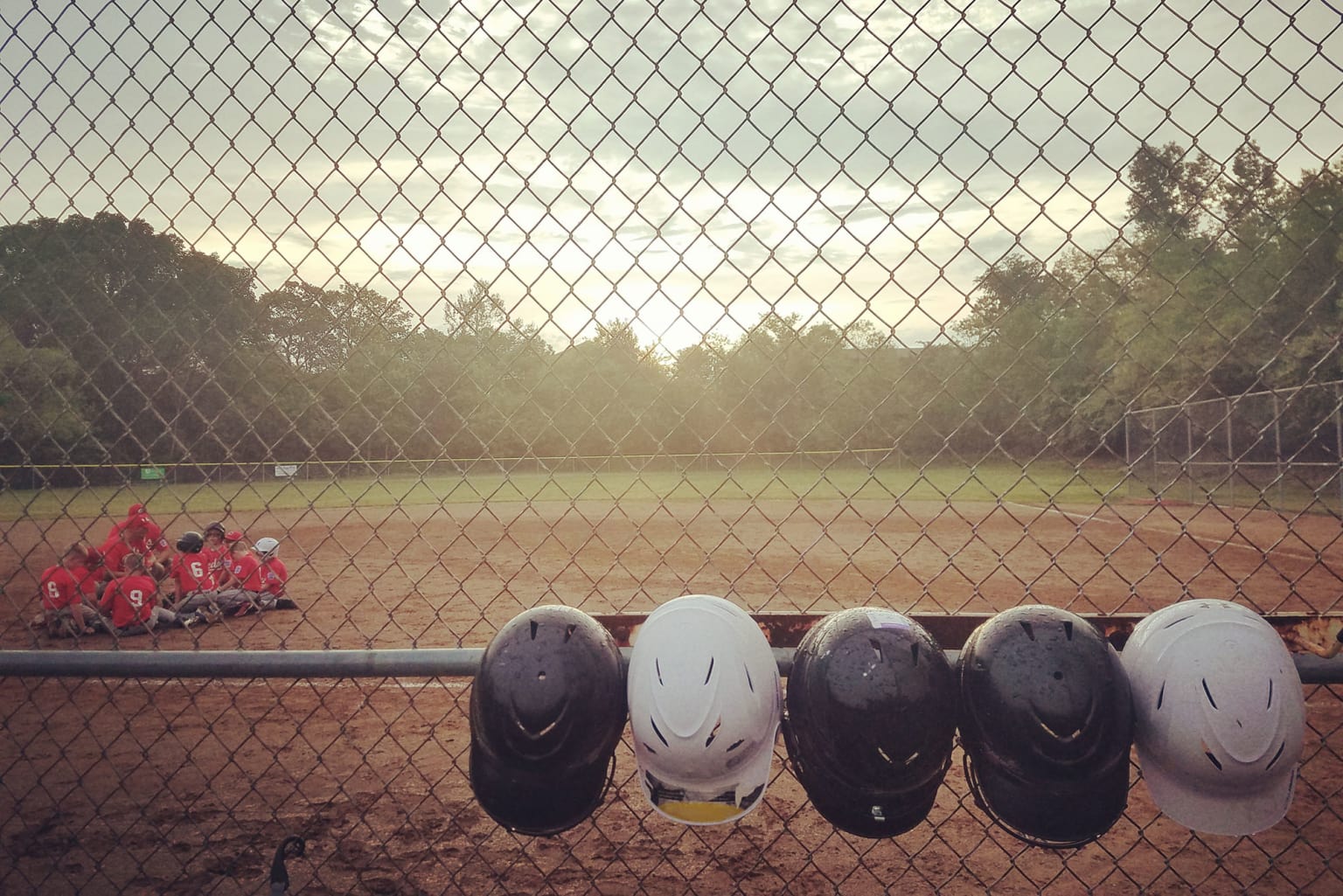Tips for the Purchasing Agent: Best Practices for Outfitting Your League with Equipment

One of the great thrills for Little Leaguers® is putting on the uniform and gripping a bat for the first time.
As outlined in Rule 1 of the current year’s Little League Regulations, Playing Rules, and Operating Policies, a local league must provide a conventional uniform, which typically consists of a jersey or t-shirt, and may also include pants and a cap. Leagues are also required to provide six helmets to the offensive team (seven for Intermediate (50-70) Baseball Division/Junior/Senior League), which must meet the NOCSAE standard. While it’s typical to provide team helmets for practices, depending on your league’s financing, it’s important to ensure that the minimum number of helmets are available for each game.
It is vital to the health and safety of the players and adult volunteers that all equipment be regularly inspected and deemed safe for use. Limited contact and handling protocols with the equipment, including proper sanitary storage conditions are to be considered when preparing new or gently-used equipment for distribution.
In addition to uniforms and helmets, it’s typical for leagues to provide additional equipment for their teams, include a selection of approved bats, catcher’s gear, and a bucket of balls. These items are commonly distributed to the managers after the players after drafted and placed on a team roster.
Uniforms and playing equipment are commonly your league’s largest annual expenses. Since each league establishes its yearly operating budget, including the purchase of playing equipment and uniforms, the amount of money it chooses to collect through registration fees and assorted fundraisers is likely to vary.
It’s common for a Board of Directors to have an equipment manager position who often serves as the purchasing agent. That person is responsible for assessing the condition and safety of the playing equipment, and other items such as “L” screens, field bases, and batting tees.
Local Little League Programs typically have the following items for each team to use throughout the season:
- One bucket of balls
- 1-2 bats
- Helmets
- Batting Tee
- Throw-down bases
- First-aid kit
- Pitch counter
- Rulebook
- Scorebook
- Lineup cards
Equipment Buying General Tips:
For your league purchasing agent, or the individual responsible for making purchases within your league, here are some helpful tips to help with your season’s expenses.
- Utilize online shopping to buy in bulk and provide discounts on equipment.
- Be sure to review the current edition of Little League’s Official Regulations, Playing Rules, and Operating Policies to have the proper information on approved equipment and facility requirements
- Make sure to create a budget per season for review by the Board of Directors
- Include capital projects, and understand how revenue flows
- Note: Just because money is in your league’s account, it doesn’t mean you have consistent income to spend all at once
- Set up accounts at local businesses where appropriate (field supplies, concession vendors, etc.)
- Every product purchase opportunity is up for bid from vendors, so be sure to price shop and compare offers.
- Be transparent with your purchases and make sure your finances are tracked appropriately to help with your internal financial audits. Save your receipts!
- Understand Little League best practices for financial operations (LittleLeague.org/Finances) for your league to help provide structure and oversight to your purchasing, budgeting, and fiscal matters of your league.
- Include capital projects, and understand how revenue flows
- As the recommended ball of tournament at all levels of play and official ball of the Little League World Series, consider A.D. STARR for your regular season and tournament ball needs. Little League licensed A.D. STARR baseballs and softballs are available through the A.D. STARR website or catalog.
Little League International also offers its annual Little League Essential Catalog, or shopping for banners, pins, and several other Little League items can be done online at ShopLittleLeague.org.